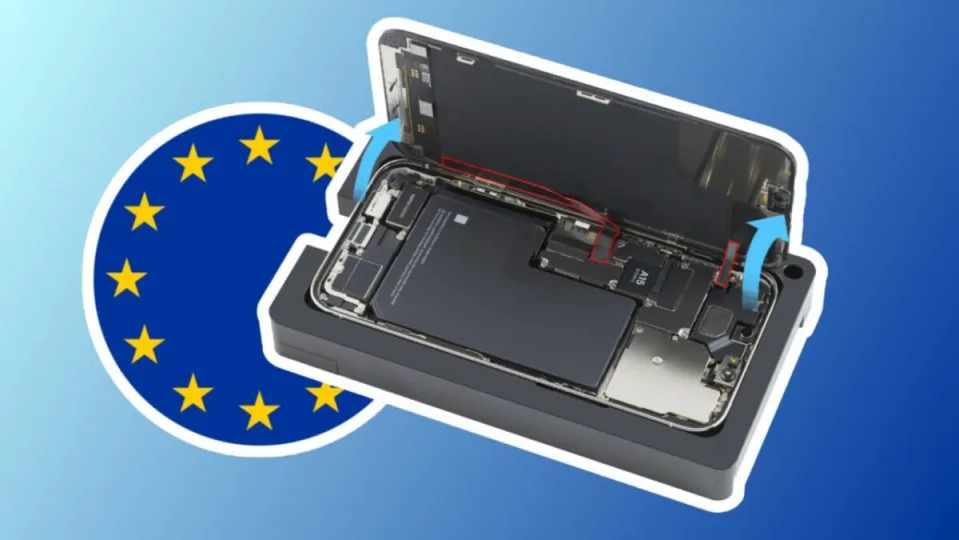The recent regulation proposed by the European Union urging Apple to make iPhone batteries “easily” replaceable by users has sparked both support and criticism. The regulation aims to make batteries “more sustainable, more durable, and higher-performing,” but it may achieve the opposite effect: posing a threat to product development and the user experience.
Good intention yes, but good approach?
First, let’s take a look at the definition of “easily replaceable” according to the EU. Essentially, a user should be able to remove and replace a battery using commercially available tools, without the need for specialized tools, thermal energy, or solvents. In theory, it sounds like a way to extend the lifespan of a device and promote sustainability, but in practice, there are several reasons why this initiative could be problematic.

Neither thermal energy nor solvents means that the battery compartment cannot have efficient sealing. Currently, one of the reasons why the latest iPhones are water-resistant and even submersible, although not recommended, is the use of a sealing material, similar to glue, between the chassis parts. If we interpret the proposal from the European Union literally, it completely eliminates a great ally that prevents a phone from being filled with water or dust.
The iPhone is a truly compact device. The amount of technology that fits inside the chassis is enormous, and Apple always seeks to optimize that space to accommodate more components or battery and achieve even better phones. Making the battery easily removable may force design changes that could undermine all this optimization.
Undoubtedly, the intention of the European Union must be good, but many of us believe that the approach is not the most suitable. Before changing the battery of an iPhone, let alone an iPad or a Mac, years pass. It could be three years, maybe five. Keeping the disadvantages in mind for such a long time, in exchange for just one day when the battery replacement process is facilitated, doesn’t seem like the best idea.
Currently, replacing a battery in an iPhone is as simple as making an appointment at an Apple Store, waiting for approximately half an hour, and leaving with a phone that is still guaranteed by Apple to be water-resistant, dust-resistant, and secure. We could discuss the price, of course, but considering the cost of replacement batteries in the official Apple store, it’s not the labor that makes the replacement expensive but rather the components.
Alternatively, if preferred, we can perform the replacement ourselves. Let’s remember that Apple has a self-repair program that allows us to purchase original parts and follow detailed guides to replace components. The question is, will this be enough to please the European Union? That’s the key.
Despite the concerns surrounding the proposal, it is important to remember that this regulation is still far from being enforced. It is not expected to be implemented until 2027, and it still needs to be officially endorsed and published in the Official Journal of the European Union. In the meantime, it will be necessary to clarify what exactly “easily” replaceable battery means and what the best way to achieve it is.
Without delving into the fact that after three, four, or five years with a device (let’s remember how to check the charge cycles and battery health of our Mac), it is highly likely that we would want to upgrade to a current model rather than just replacing the battery. Another aspect to consider is safety. Under strong pressure, puncture, or excessive bending, lithium-ion batteries can quickly catch fire, which is something to be very cautious about.
The balance between sustainability, performance, safety, and usability will be crucial. While the EU and Apple may have different perspectives, they both share a common goal: improving the user experience and protecting our planet. The key will be to find a solution that fulfills both goals without compromising either. And without us, as users, having to witness a substantial decrease in the quality of our phones. Perhaps the self-repair program that Apple already has in place is sufficient in the eyes of the EU. We shall see.
Some of the links added in the article are part of affiliate campaigns and may represent benefits for Softonic.


